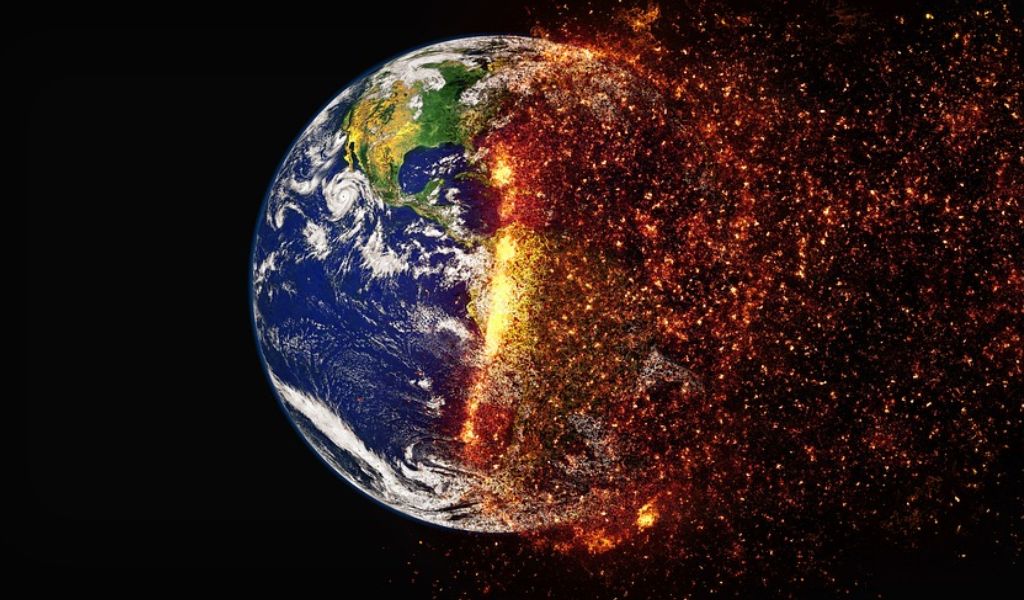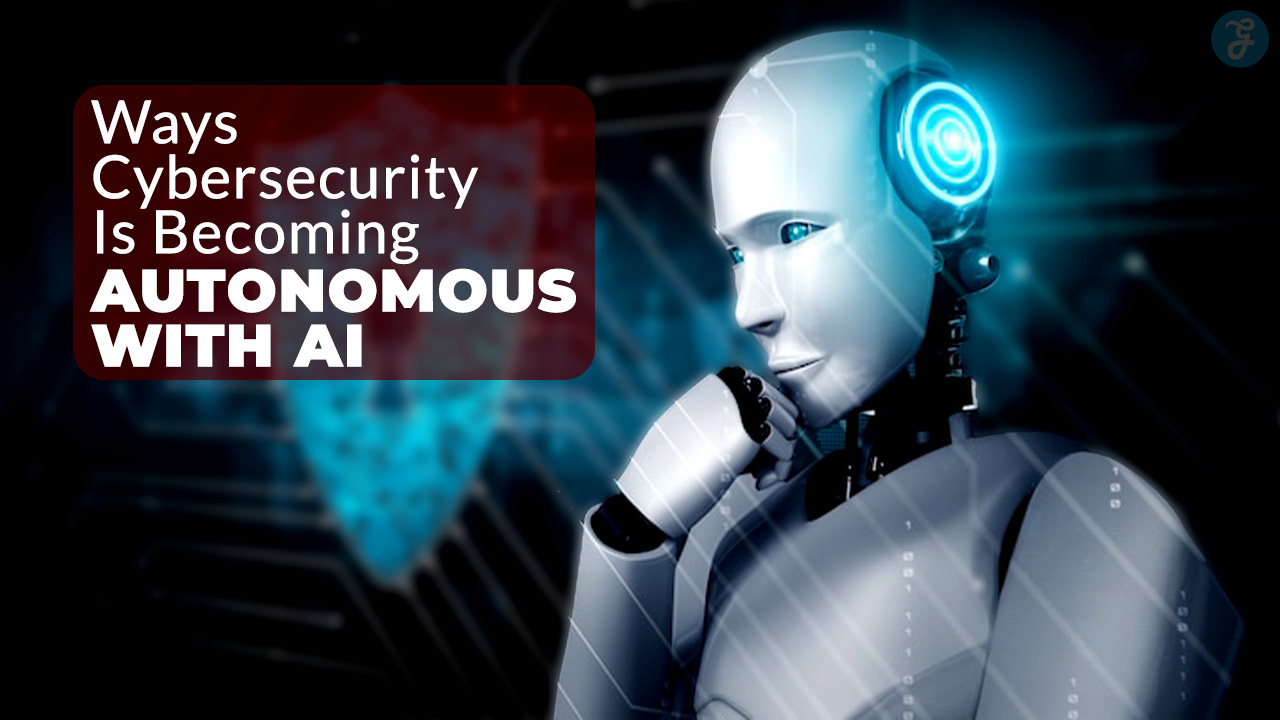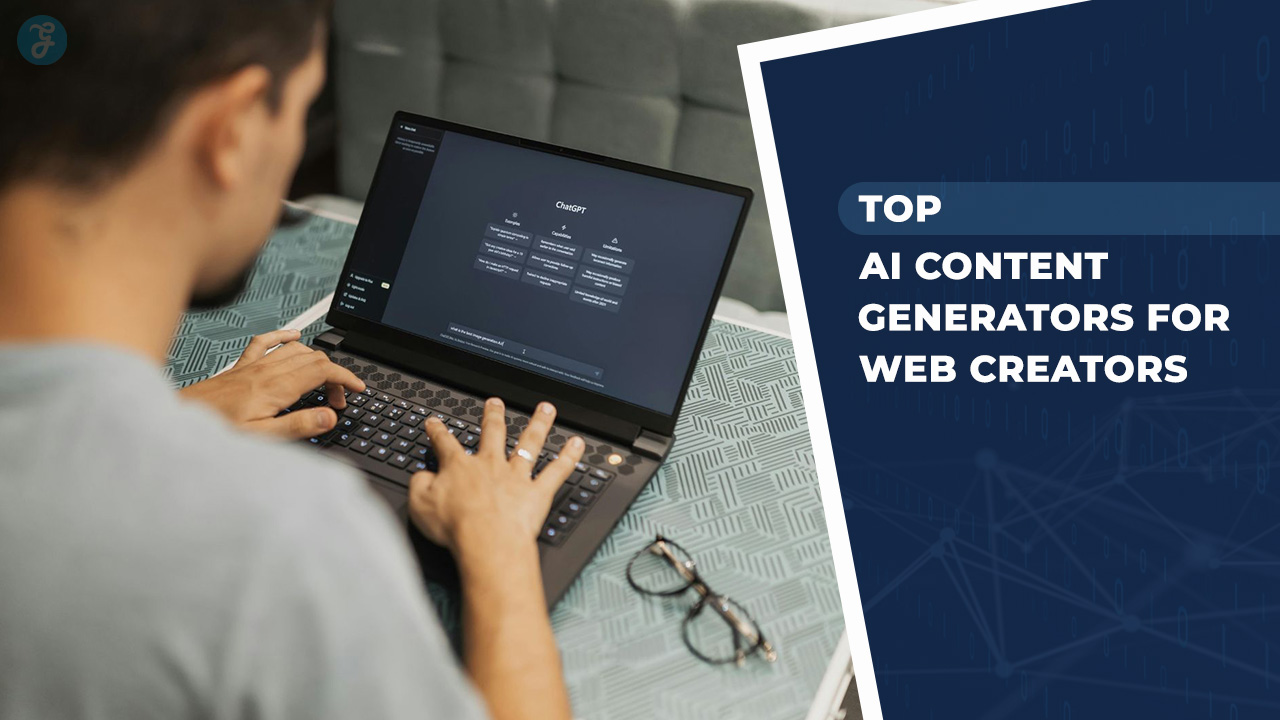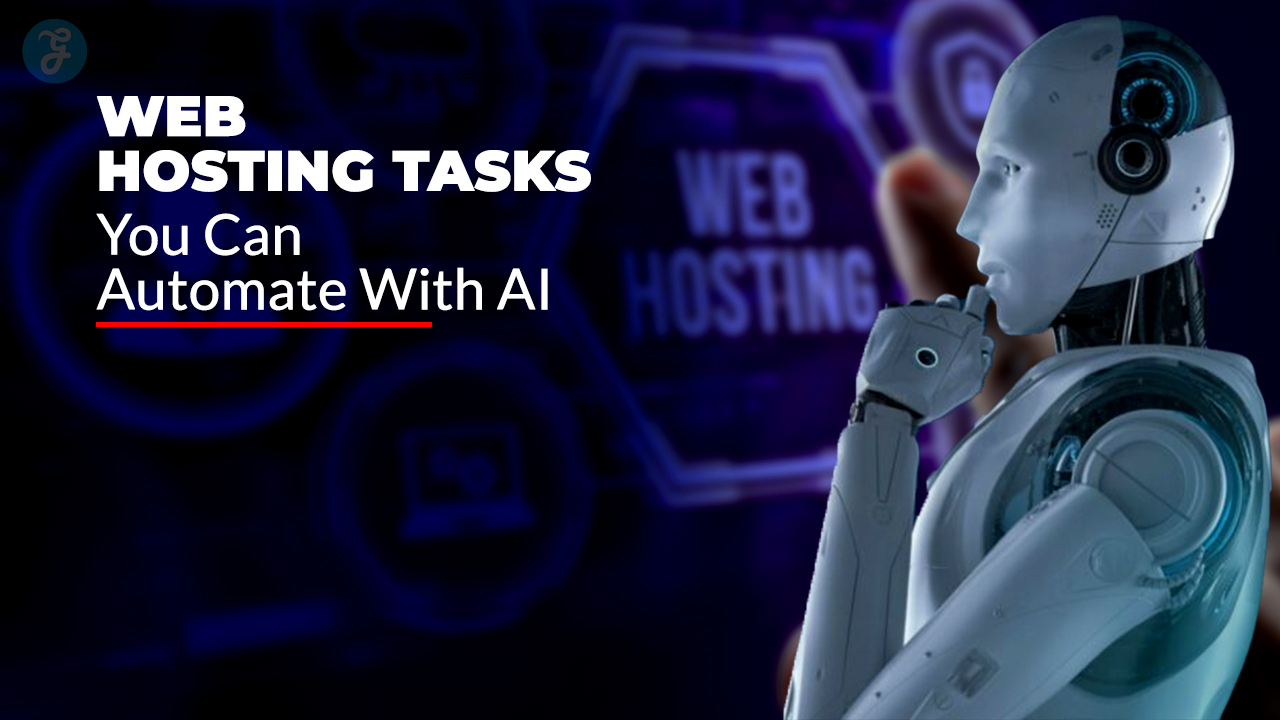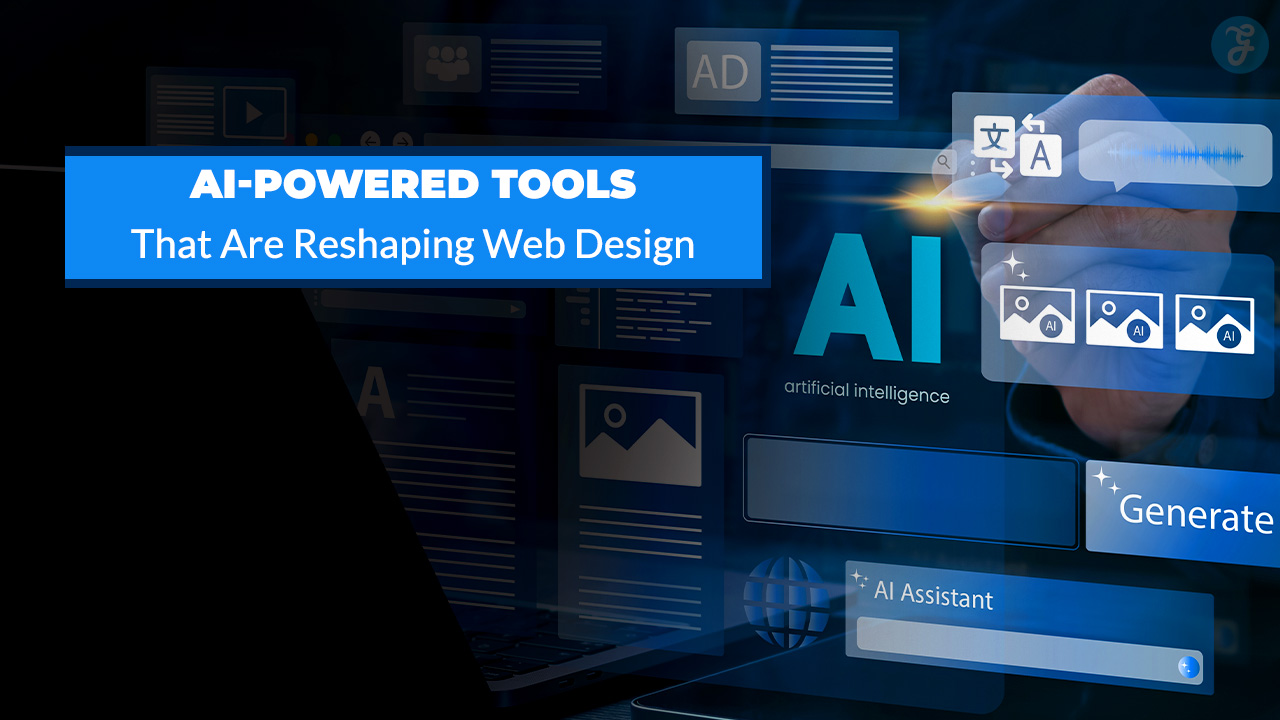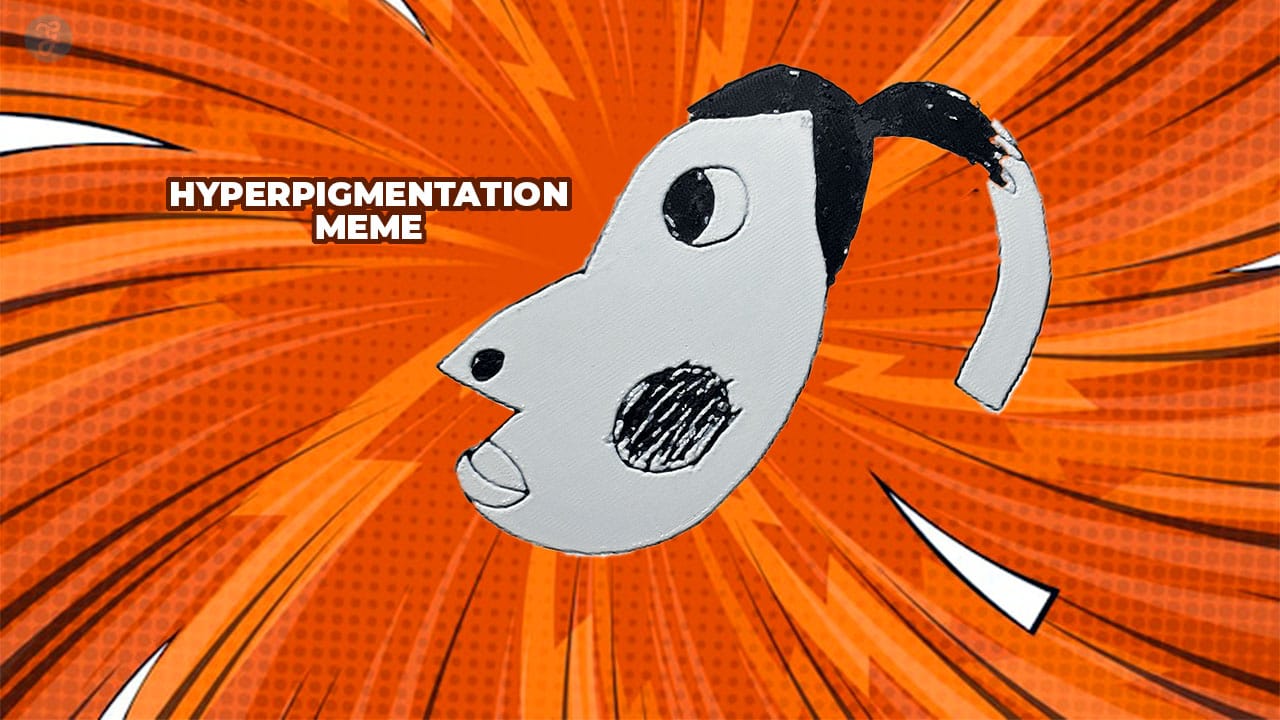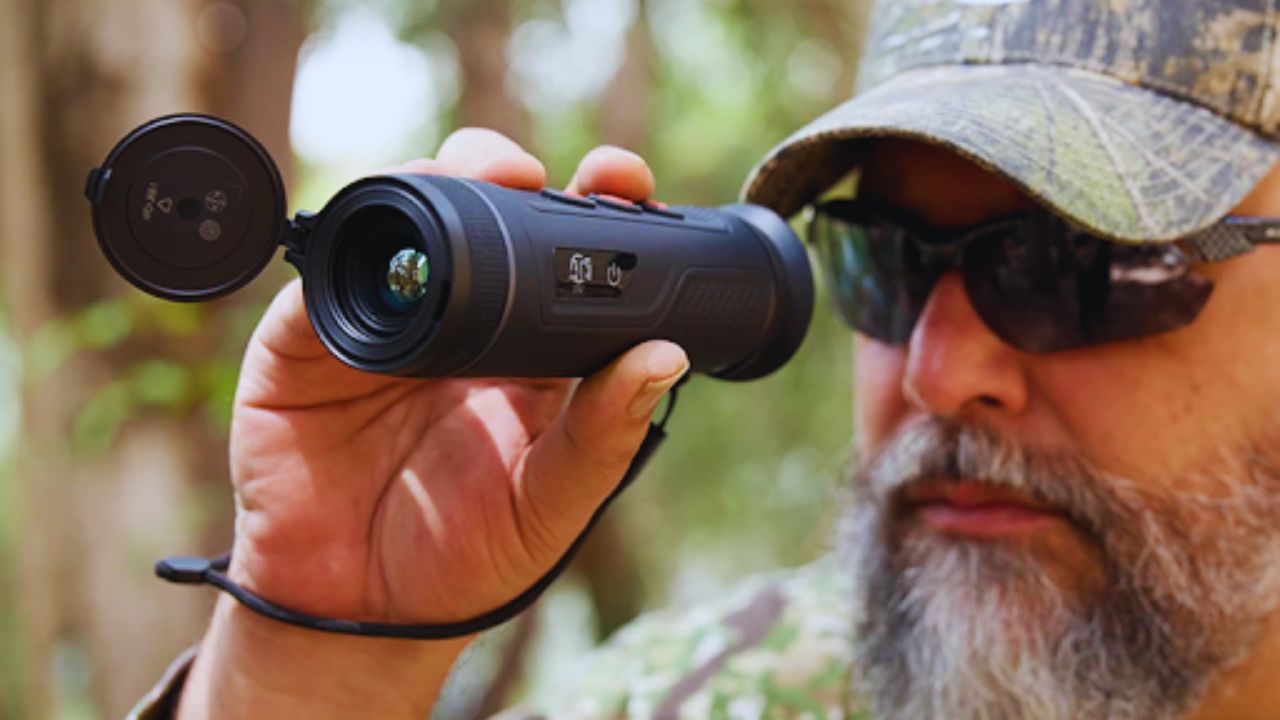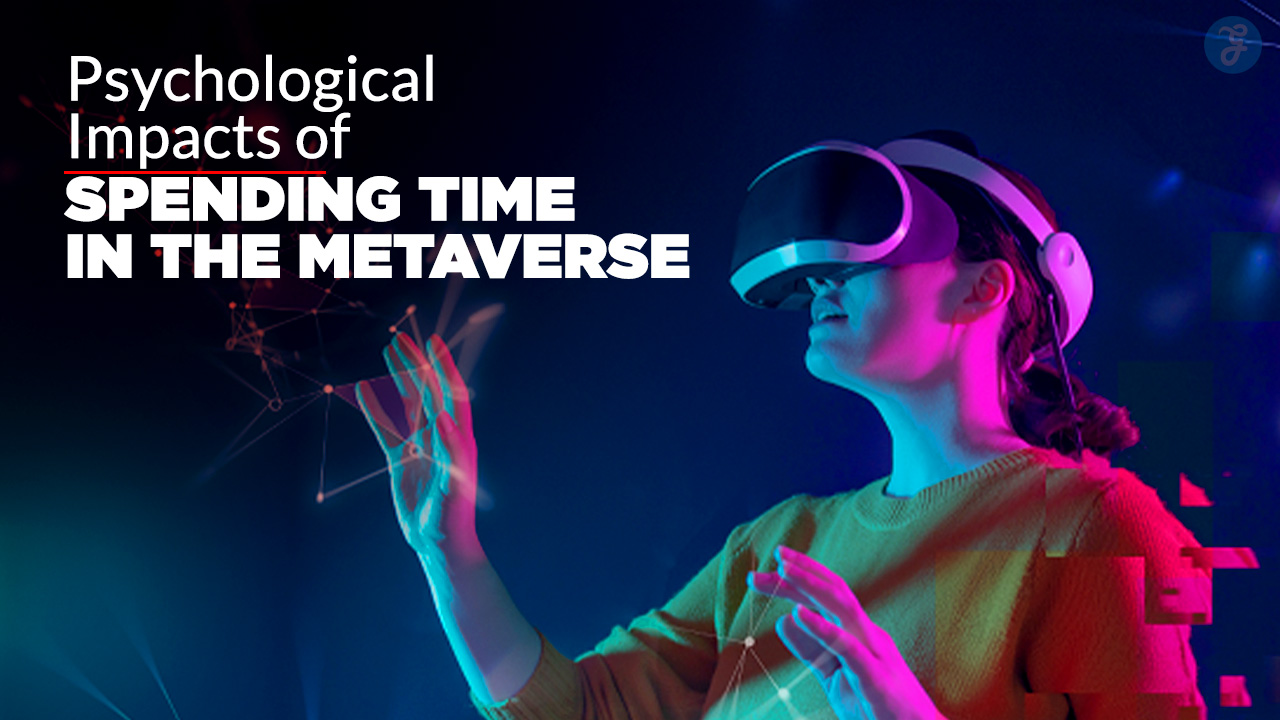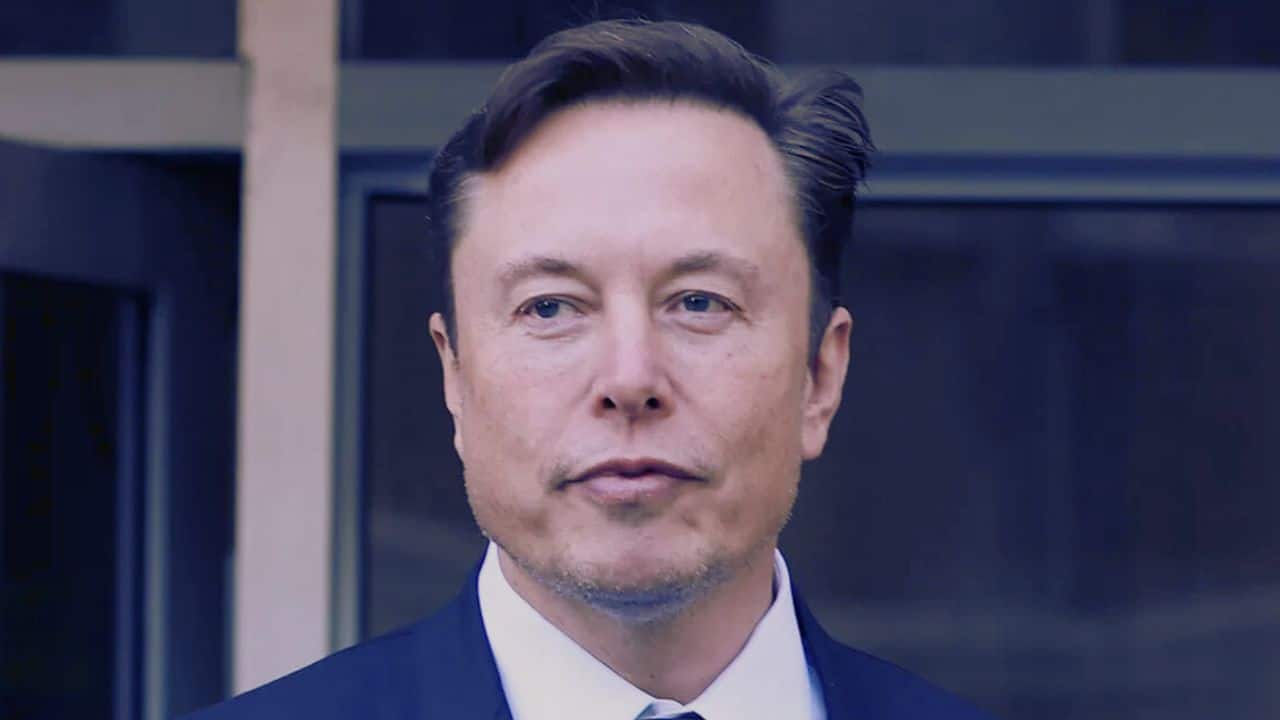Listen to the Podcast:
Due to rising greenhouse gas emissions, the average temperature of our world is changing at a dangerous rate. In fact, the world is about 1.2°C warmer now than it was before people started making things.
Many experts have already said that preventing a temperature rise of more than 1.5°C is impossible because of the long-term effects of gases that have already been released and the fact that emissions can’t be stopped overnight.
But the fast progress of artificial intelligence (AI), green information and communication technologies (ICTs), and robots gives us some hope in the fight against climate change.
The International Telecommunication Union (ITU) is working on this problem with partners from all over the world. AI for Good is looking for and scaling up ways that AI can help us find, adjust to, and deal with climate change. This can be done in many ways, such as by predicting the weather, making energy use more efficient, or reducing emissions from transportation, agriculture, and industry.
Here are seven ways that AI is being used successfully to help solve the climate crisis.
1. Green Cooling Technologies and Reducing Electronic Waste
The need for energy around the world is growing, which is making the climate problem worse. Immersion4’s new green technologies can solve the problem of how to cool electronics without using any natural resources. If they are used on a large scale, they can cut energy use in data centers from 20% to 4% without making any waste. Green cooling solutions can also help solve the problem of E-waste, which is a very important problem.
2. Preventing Plastic Pollution
A nonprofit organization called The Ocean Cleanup is inventing and expanding solutions to rid the oceans of trash. “Remove 90% of floating ocean plastic by 2040” is their lofty goal. The group can produce scientific observations of floating macroplastic litter using its AI object detection system.
Compared to solely relying on human data collection and on-site observation, this cutting-edge approach to distant sensing plastic detection has proven to be highly effective. These AI techniques make it much simpler to map the plastic and identify its “hot spots” of concentration, enabling The Ocean Cleanup to concentrate cleaning efforts where they are most needed.
3. Green Digital Agriculture
A Bangalore-based business called Brahm Works is utilizing AI to decarbonize India’s agricultural industry. Their approach makes use of artificial intelligence (AI) to track and optimize fertilizer nutrition for improved yield and lower greenhouse gas emissions for farmers. Watch the AI For Good Innovation Factory session to hear more about their solution.
4. Preventing Wildfires
A sophisticated machine learning method called deep learning enables new approaches to finding patterns in data. An innovative start-up called Kettle has improved its reinsurance model using deep learning to better anticipate the devastating repercussions of climate change.
The patented machine learning algorithms used by this predictive underwriting platform are based on more than seven billion lines of weather and ground truth data. The top 20% of risk locations for wildfires were correctly forecasted by their most recent fire model. Watch the AWS Special Session “Climate Change and AI: Startups innovating new industry solutions” to learn how this approach is being used to safeguard the planet from escalating climate issues.
5. Smart and Sustainable Cities
A business called Sipremo uses artificial intelligence to create sustainable, safe cities. They have created an AI that can tell users where, when, and what kind of disaster or climate change event is likely to happen in the future, giving them a huge window of time to take action before the events take place. This lessens or even prevents the adverse environmental effects that the event will have on the region. Watch the AI For Good Innovation Factory session to learn more about their solution.
6. Satellite Imagery to Predict Deforestation
A project called the Deloitte Impact Foundation was developed with the WWF to forecast deforestation in areas that have not yet been damaged. Deloitte uses satellite photography to enable analysis of the likelihood of deforestation based on details like the distance to towns, water sources, and other important elements.
He said, “I think we have to be very thoughtful, explicit, and choosy in how we design these systems and how we harness what’s already present… [for example] smaller or simpler algorithms. In a previous AI For Good session, he talked about what may be done to lessen the environmental impact of using data from datacenters for this project.
7. Improving Energy Efficiency
To meet sustainability targets, it is essential to align sustainability goals with commercial objectives. By creating solutions through data-driven innovation, such as utilizing AI for improved energy efficiency in IT operations and data centers, IBM helps its clients become sustainable.
Clients can monitor and cut down on data center energy use in real-time with tools like IBM LinuxONE and IBM Instana for Observability. Watch this AI for Good webinar to learn more about these long-lasting fixes.


